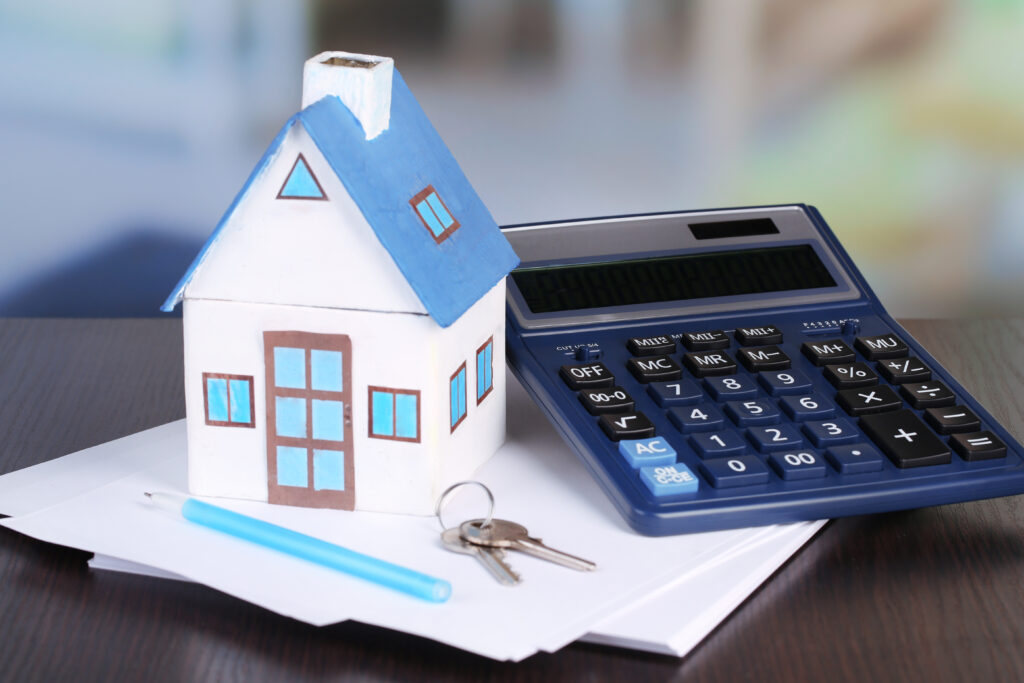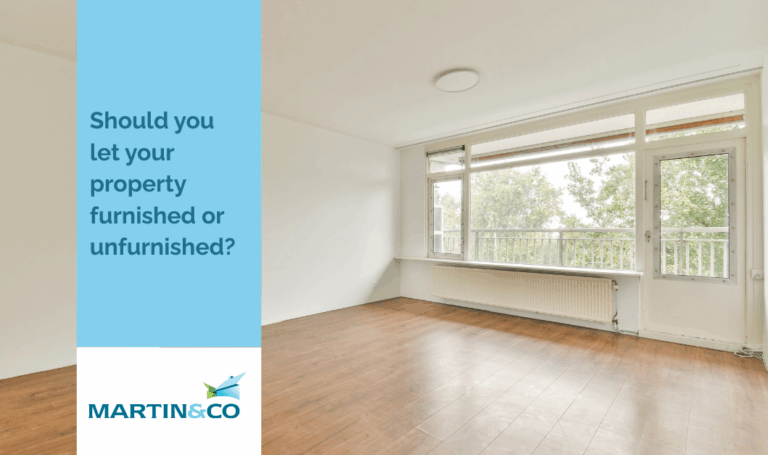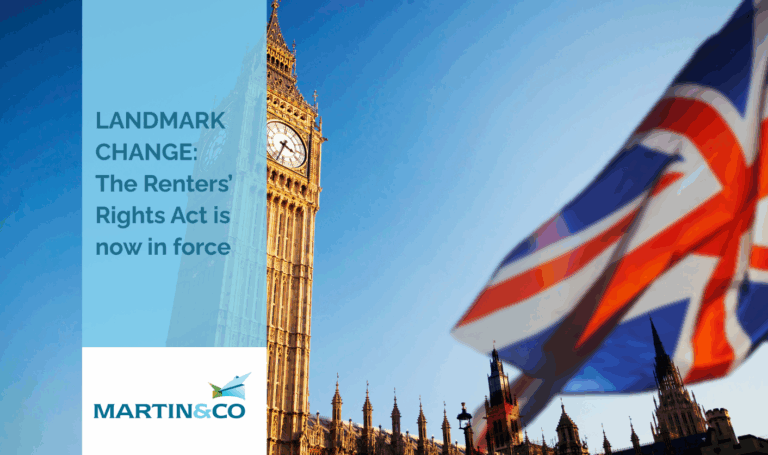This article has been provided by tax experts Tax Insider.
The Principal Private Residence relief (‘PPR’) available to individuals on the disposal of their main residence is probably the most commonly claimed and well known of all reliefs within the capital gains tax legislation. Too often, taxpayers have the impression that just living in a property is sufficient to qualify but the relief is not automatic and there are requirements that need to be satisfied in order for a claim to succeed.
You would have thought that the length of occupation would be the most important factor but recent court cases confirm that just a few days is sufficient. It is, in fact, the quality of occupation and the expectations regarding the residency rather than the length of time actually in occupation that determines whether PPR applies although obviously the longer you live in the property the better will be your case.
Evidence is key – there needs to be ‘some evidence of permanence, some degree of continuity or expectation of continuity‘ for the claim to be valid even if, in the end, the claimant does not live in the property for as long as originally intended.
Various tax cases have been heard on the subject of ‘permanence’ and a list of suggested documentary evidence that may help in a claim follows:
And as a final suggestion, introduce yourself to the neighbours to let people know that you actually live there.
HMRC’s Capital Gains manual (at CG64545) also lists some indicators.
For more free landlord tax saving strategies, visit the Tax Insider website.




